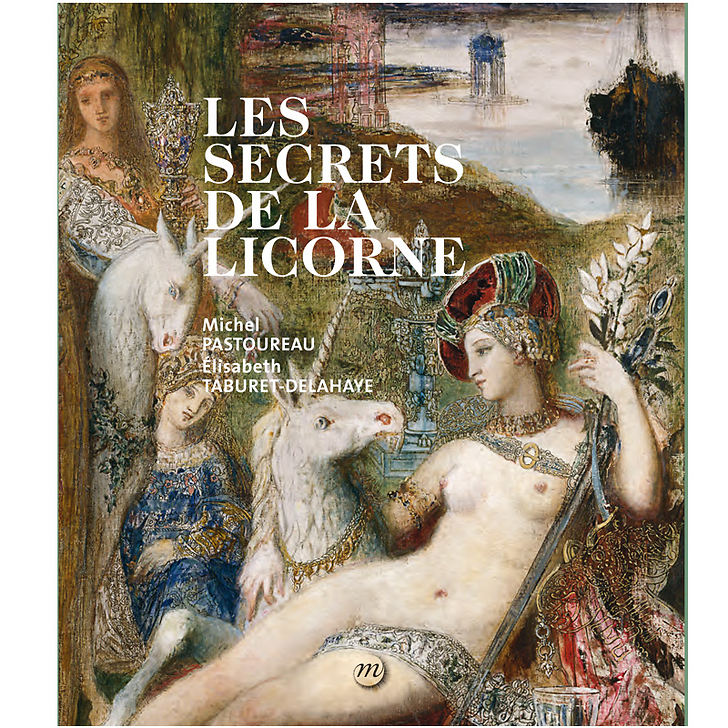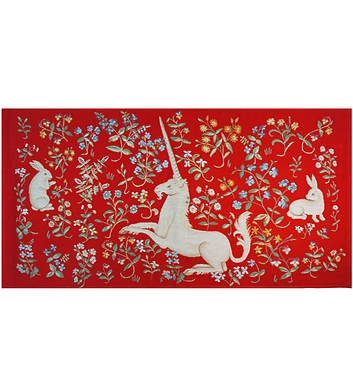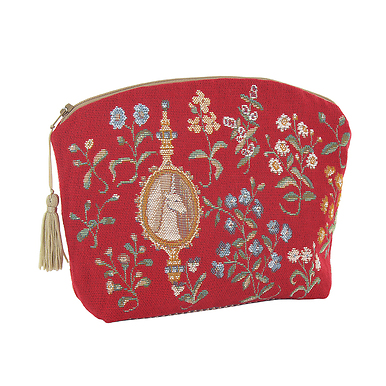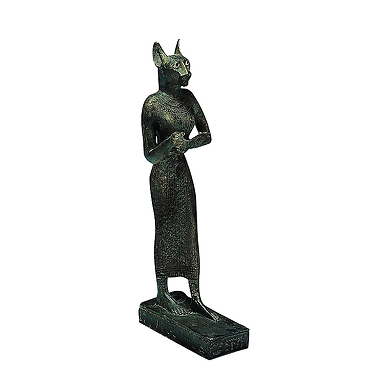The secrets of the unicorn
GB107131
Described for the first time five centuries BC, the unicorn has long intrigued zoologists, attracted travellers, seduced artists and made poets dream. But does this composite animal, which borrows part of its anatomy from deer, goat, mare, or even donkey, lion or elephant, really exist?
Until the beginning...
Read more
Described for the first time five centuries BC, the unicorn has long intrigued zoologists, attracted travellers, seduced artists and made poets dream. But does this composite animal, which borrows part of its anatomy from deer, goat, mare, or even donkey, lion or elephant, really exist?
Until the beginning of the modern era, the highest authorities of Western knowledge - Aristotle, Pliny, the Bible, bestiaries - answered in the affirmative; and many images and works of art staged it.
The first doubts appeared in the 16th century, but it was not until the Enlightenment that the unicorn disappeared from zoology textbooks. From now on, only artists and poets remained faithful to it and even made it the star animal of their dreamlike and symbolic bestiary in the 19th and 20th centuries.
The new presentation at the Musée de Cluny, in Paris, of the famous tapestries of The Lady with Unicorn provides an opportunity to take stock of the history of this indomitable creature, symbol of purity and virginity, whose wonderful horn has the virtue of annihilating the effects of poison and displacing the forces of evil.
Close
Login to see prices
Sold by GrandPalaisRmn






